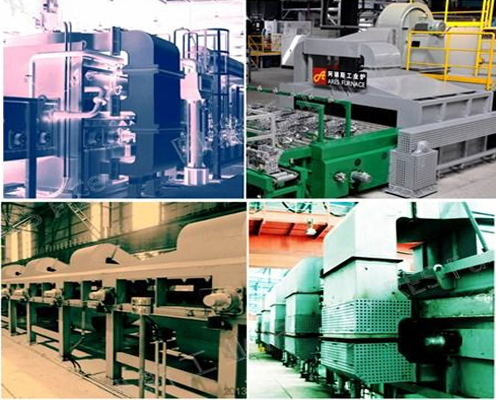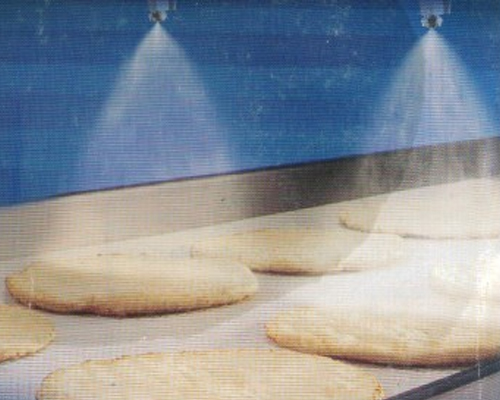Application of desulphurization nozzle in desulphurization and dust removal industry
The basic principle of desulfurization nozzle dust removal is to wet the dust particles with spray mist, so that the particles and specific gravity increase, and then separated from the atmosphere or flue gas.Different desulphurization processes use different nozzle forms. Dry desulphurization process conveying material is desulphurizer powder, generally using gas flow nozzle. In the semi-dry desulphurization process, limestone slurry with high concentration and viscosity is usually transported by gas-flow nozzle. The results show that the air mass ratio and concentration are the main parameters affecting the average droplet size. When the gas-liquid mass ratio increases, the average SMD of droplet decreases; when the concentration increases, the SMD increases. In wet desulphurization process, the nozzle is generally used for flue gas washing in desulphurization scrubber tower and blade cleaning of defogger. The diameter of spray droplet required by the process is generally in the range of 1300 ~ 3000pm. Considering energy consumption and nozzle friction and other factors, pressure nozzle is often used.
For the pressure nozzle used in the wet flue gas desulfurization process, it is required that the parts that make the liquid get rotating motion are as simple as possible, and the rotary pressure nozzle is generally used because of the large atomizing particle size required. On the basis of comprehensive economy and characteristics, the pressure nozzles commonly used in desulfurization process mainly include solid cone swirl nozzle, hollow cone swirl nozzle, air cone spiral nozzle and solid cone spiral nozzle. The hollow cone swirl nozzle is the most popular one.
Because the position of nozzle in wet desulphurization process determines the importance of desulphurization nozzle research, with the progress of process research, nozzle research is gradually in-depth.
The main use of desulfurization nozzle
Used for power plant desulfurization, remove sulfur dioxide and some pollution gas in power plant flue gas.What are the conditions for the selection of desulfurization nozzle
1. System conditionsFirst consider the pump pressure, flow, nozzles number. Pressure we need to take into account the pressure drop of the pipeline system, that is to say, there will be a certain pressure loss at the nozzle after the liquid passes through the pipeline, we generally take a discount of 8-9%. The flow rate determines the size of the nozzle aperture. After the number of nozzles is determined, the total flow rate is divided by the number of nozzles to get the flow rate and aperture of a single nozzle. The number of nozzles is determined by considering the coverage rate, nozzle layout, pipeline layout and other factors in the spray conditions.
2. Spray conditions
The spray Angle determines the spray coverage rate. In general desulphurization system, we take 300% coverage rate as the benchmark. Consideration of the number of nozzles in the system condition also needs to be determined by referring to the nozzle Angle. Spray shape determines the flow distribution characteristics. Conventional systems have hollow cone, semi-solid semi-hollow cone and solid cone. In considering spray shape, we pay attention to the following factors: nozzle material, spray quantity, Angle, blockage prevention, etc.



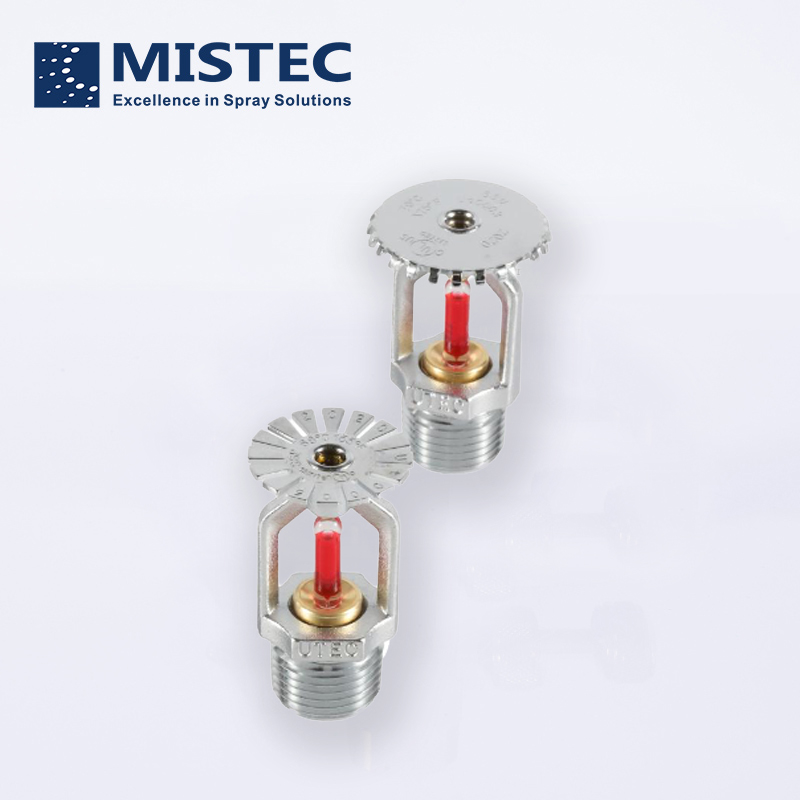

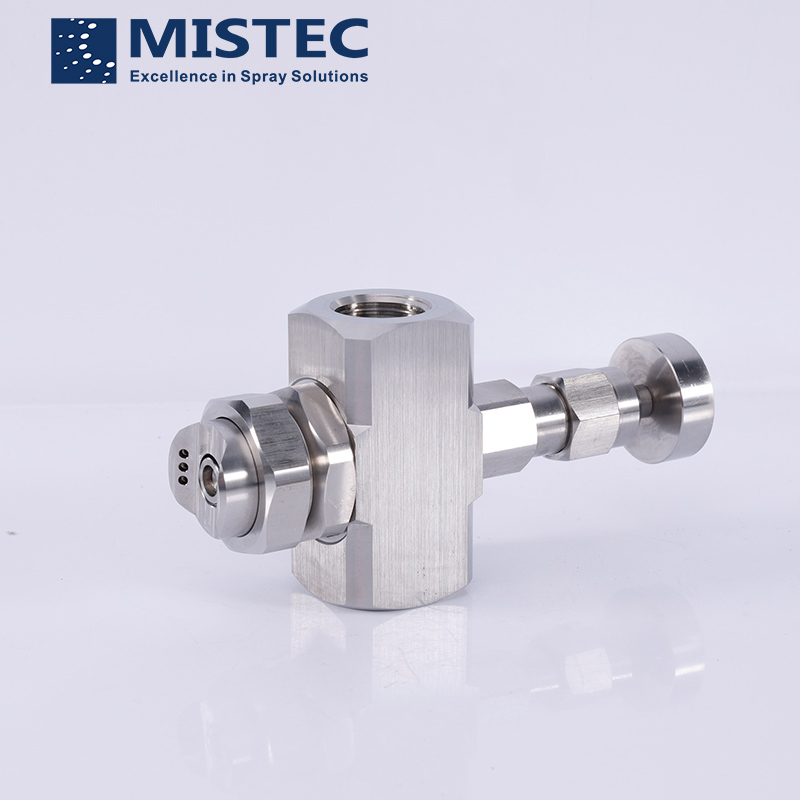


.jpg)
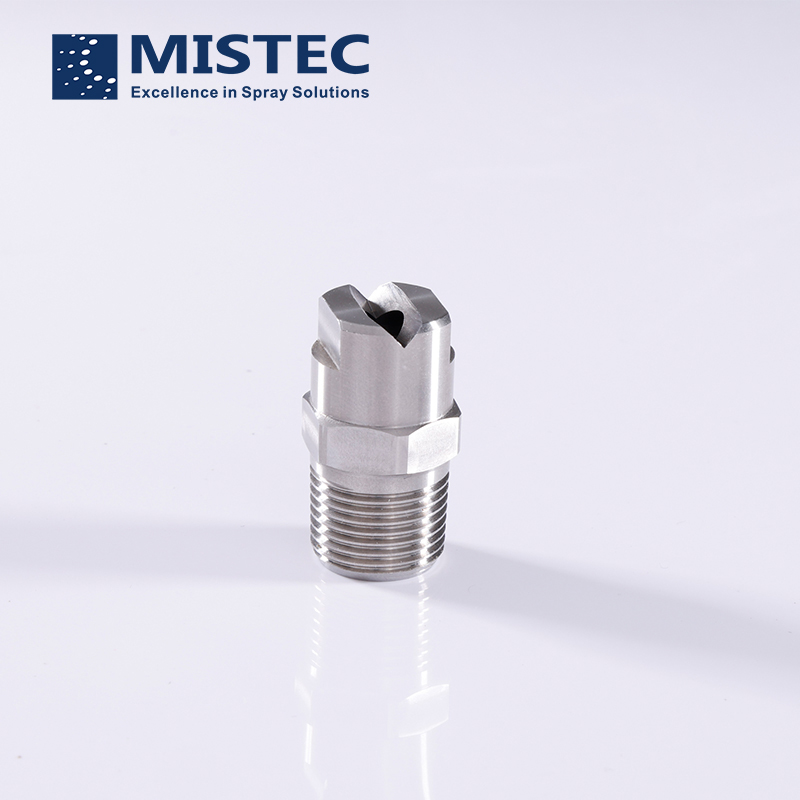
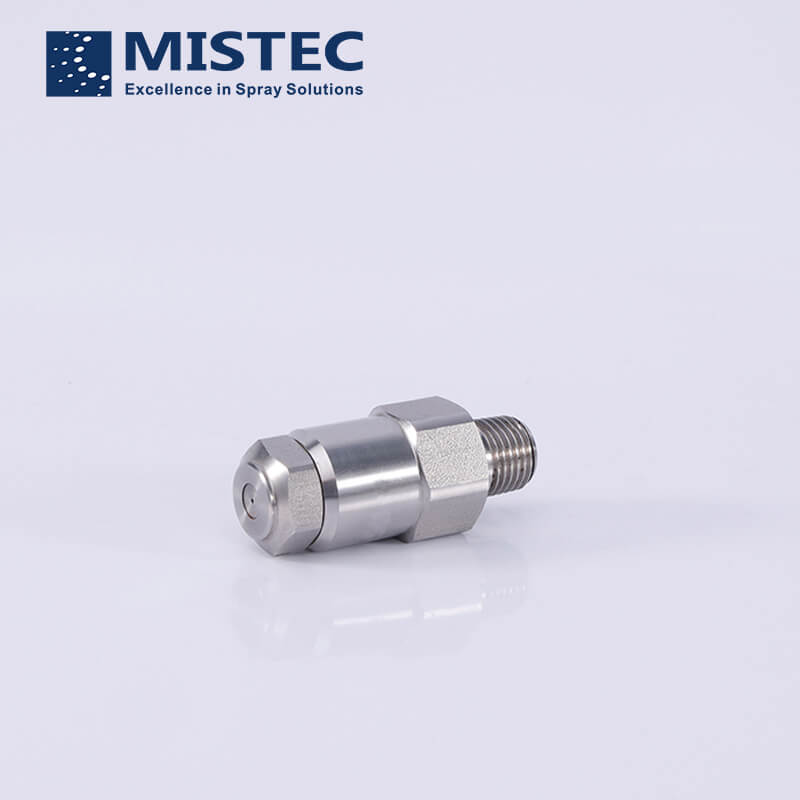
.jpg)
.jpg)

.jpg)
